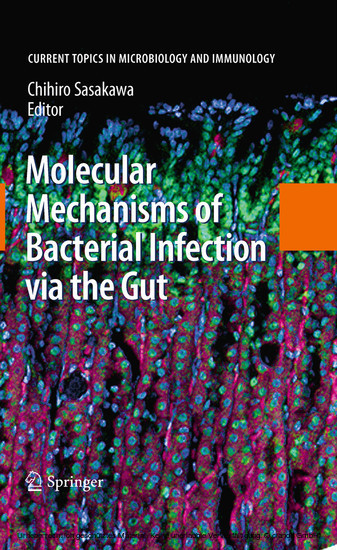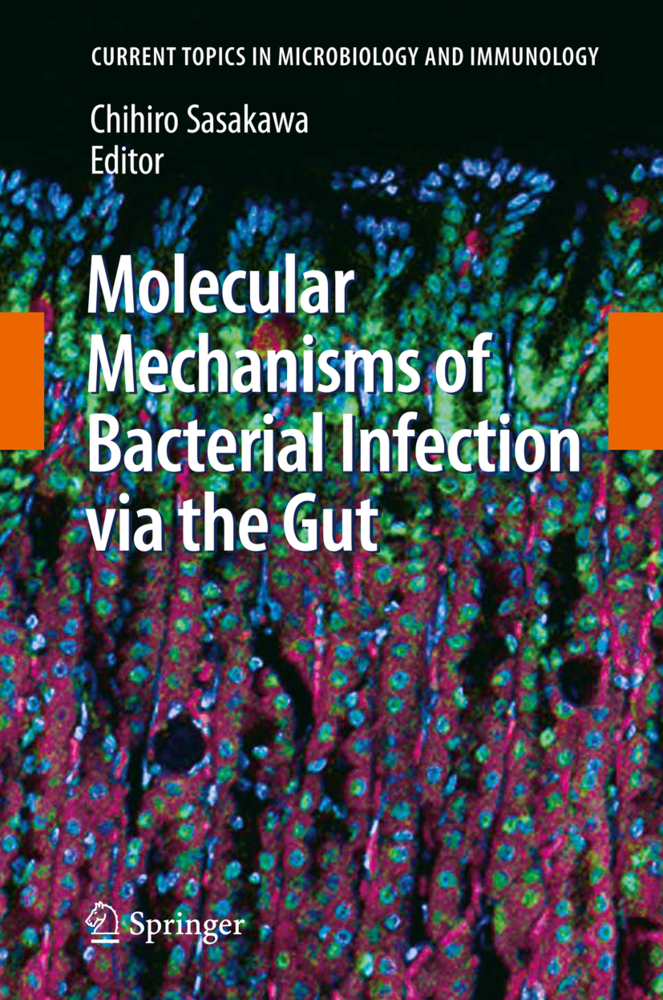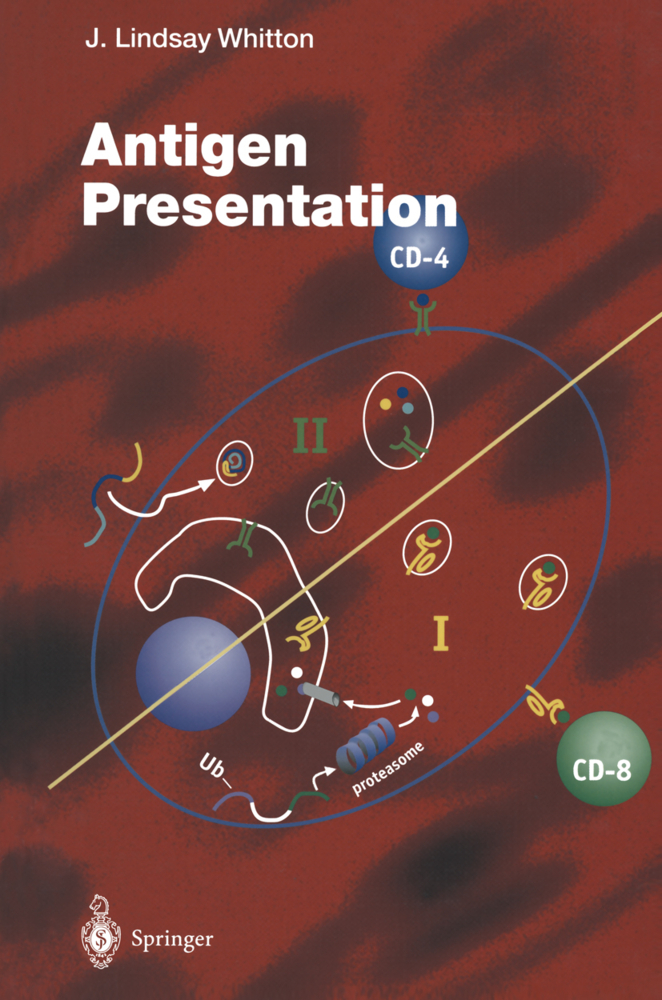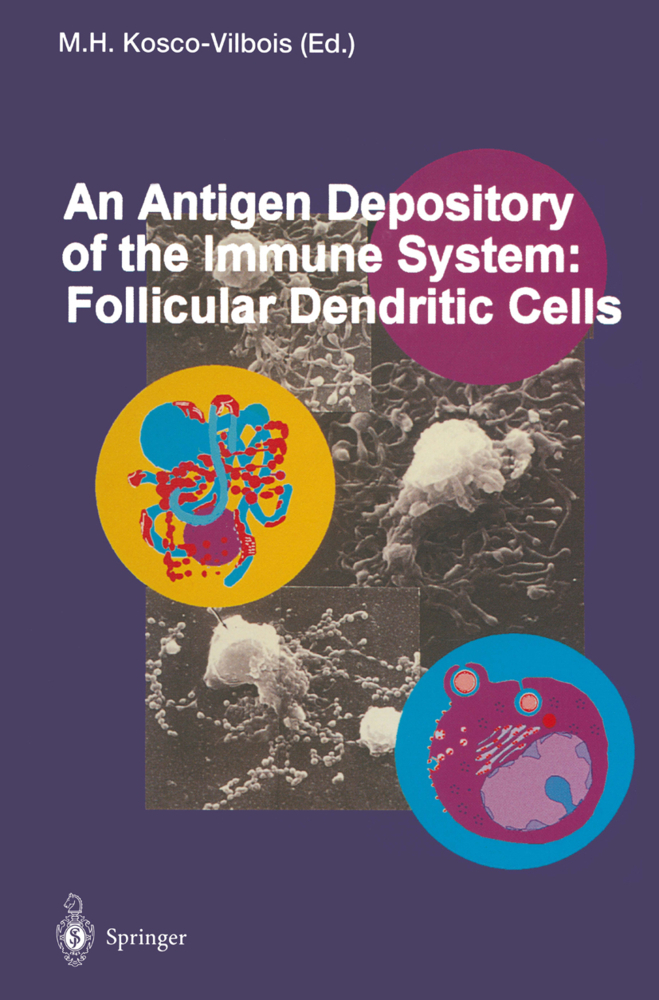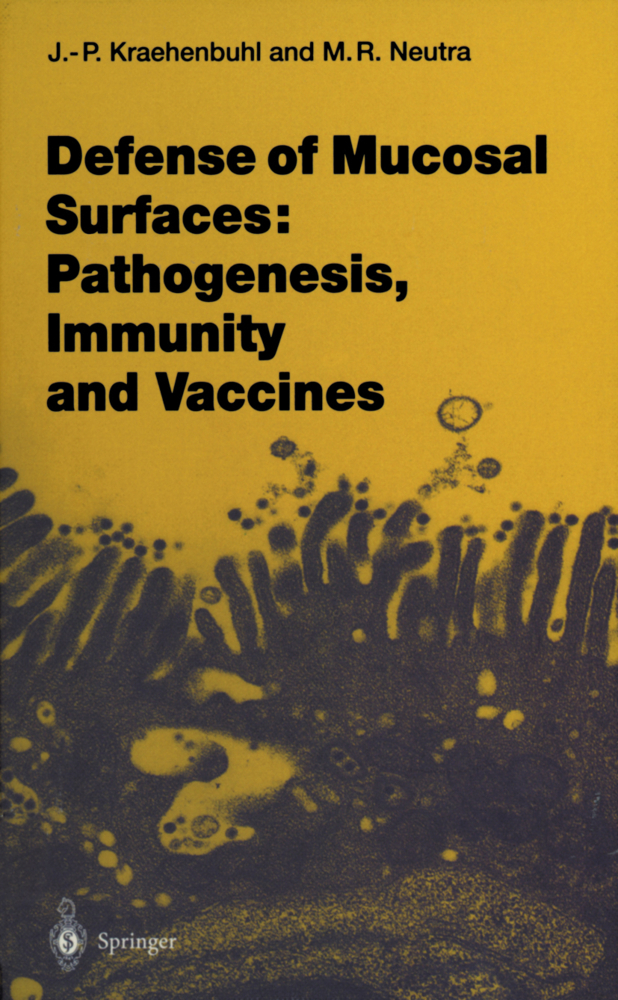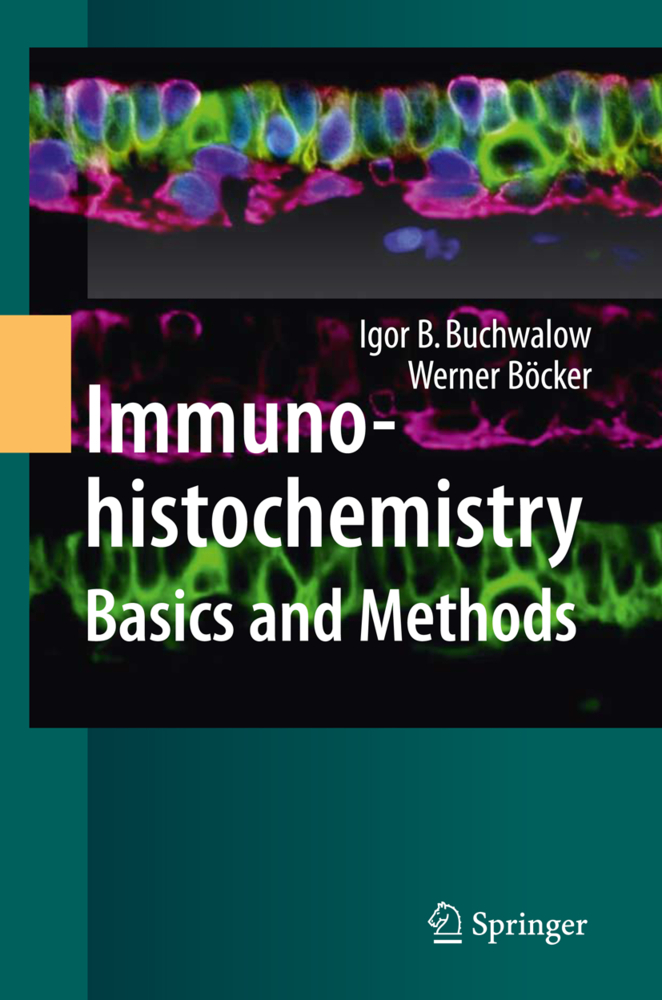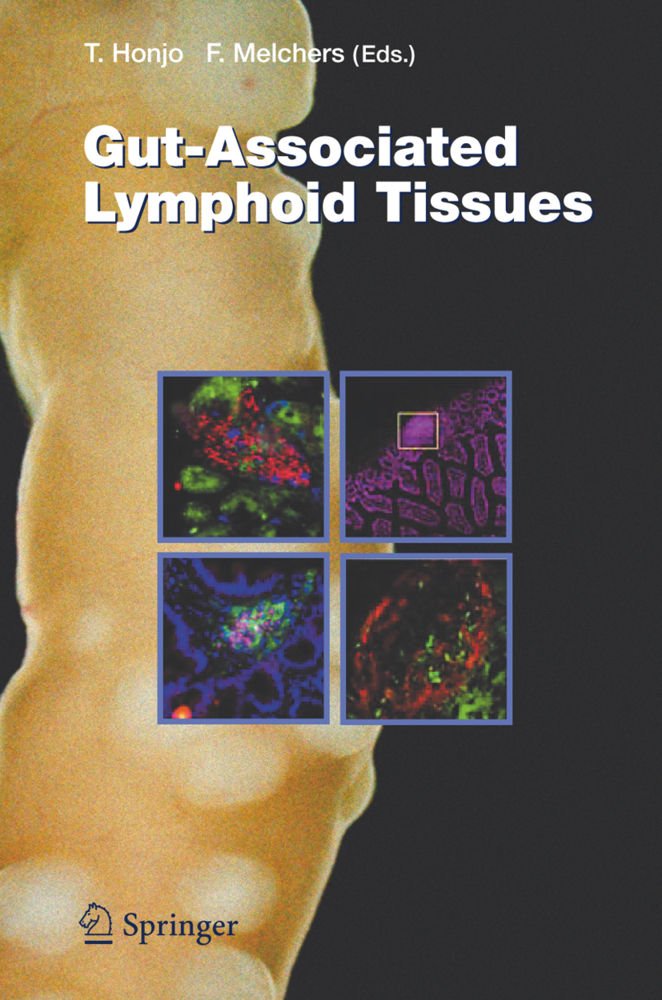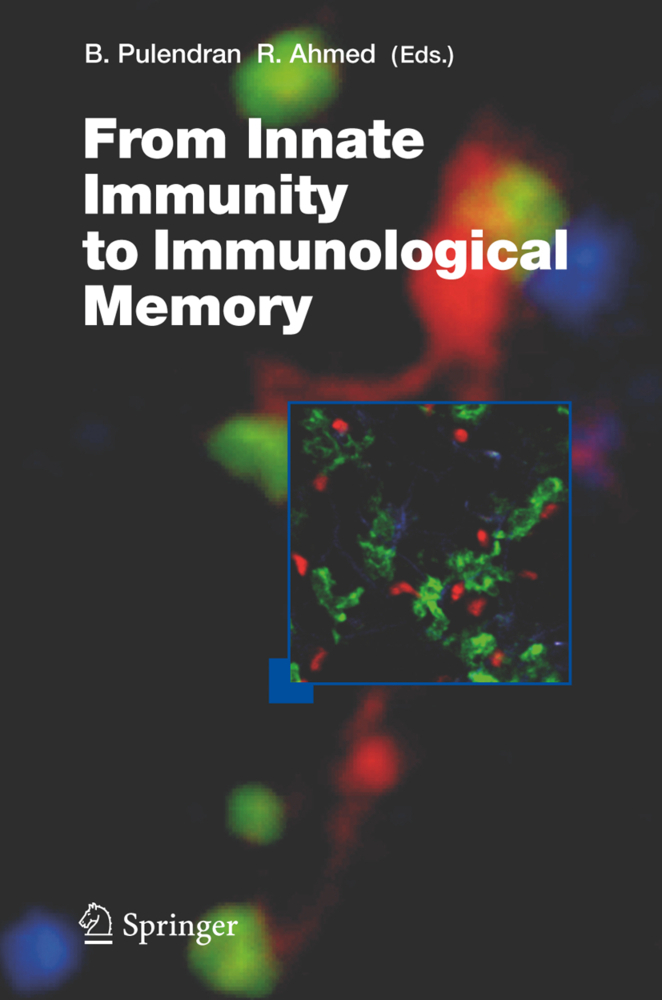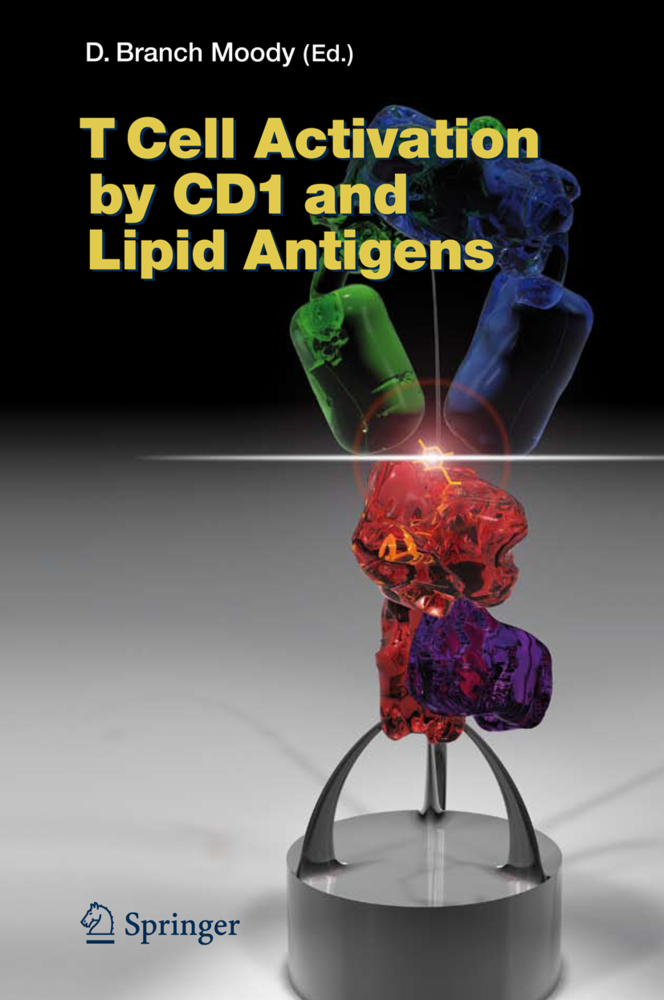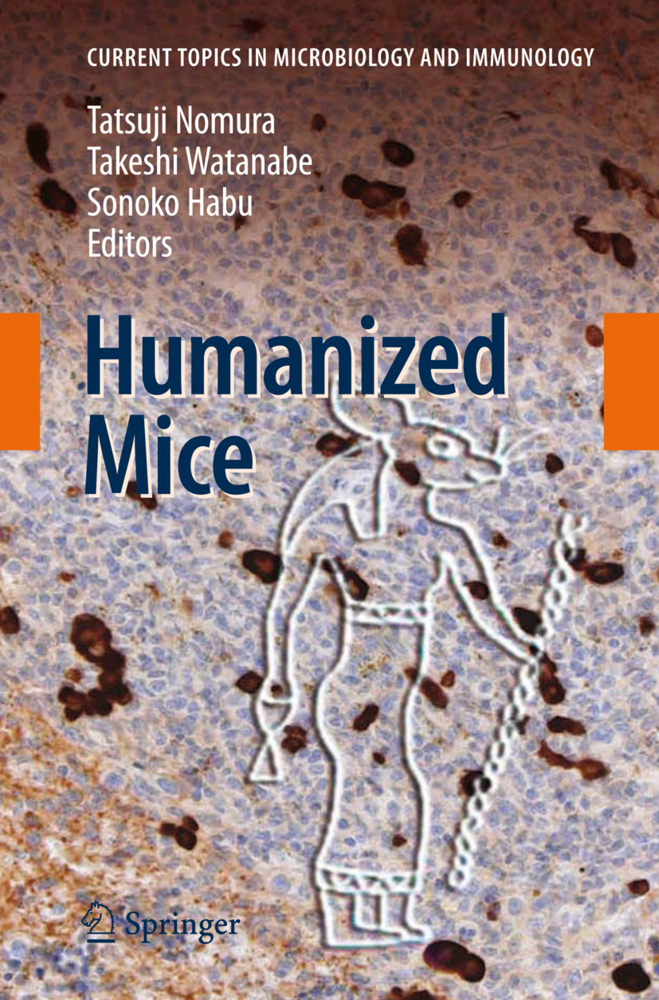Molecular Mechanisms of Bacterial Infection via the Gut
Our gut is colonized by numerous bacteria throughout our life, and the gut epithelium is constantly exposed to foreign microbes and dietary antigens. Thus, the gut epithelium acts as a barrier against microbial invaders and is equipped with various innate defense systems. Resident commensal and foreign invading bacteria interact intimately with the gut epithelium and can impact host cellular and innate immune responses. From the perspective of many pathogenic bacteria, the gut epithelium serves as an infectious foothold and port of entry for disseminate into deeper tissues. In some instances when the intestinal defense activity and host immune system become compromised, even commensal and opportunistic pathogenic bacteria can cross the barrier and initiate local and systematic infectious diseases. Conversely, some highly pathogenic bacteria, such as those highlighted in this book, are able to colonize or invade the intestinal epithelium despite the gut barrier function is intact. Therefore, the relationship between the defensive activity of the intestinal epithelium against microbes and the pathogenesis of infective microbes becomes the basis for maintaining a healthy life.
The authors offer an overview of the current topics related to major gastric and enteric pathogens, while highlighting their highly evolved host (human)-adapted infectious processes. Clearly, an in-depth study of bacterial infectious strategies, as well as the host cellular and immune responses, presented in each chapter of this book will provide further insight into the critical roles of the host innate and adaptive immune systems and their importance in determining the severity or completely preventing infectious diseases. Furthermore, under the continuous threat of emerging and re-emerging infectious diseases, the topic of gut-bacteria molecular interactions will provide various clues and ideas for the development of new therapeutic strategies.
1;Preface;6 2;Contents;8 3;Contributors;9 4;Functional Morphology of the Gastrointestinal Tract;12 4.1;Abbreviations;13 4.2;1 Introduction;13 4.3;2 Organization of the Gastrointestinal Tract Wall;14 4.4;3 Regional Specification of the Gastrointestinal Tract;16 4.5;4 Specialization Along the Vertical Axis: From Crypt to Villus;17 4.6;5 Stem Cells, Intestinal Proliferation, and Differentiation;18 4.7;6 Specialized Epithelial Cells of the Gastrointestinal Tract;19 4.8;7 Basement Membrane and the Intestinal Epithelial Cells;24 4.9;8 Maintenance and Regulation of the Epithelial Barrier;25 4.10;9 Gastrointestinal Immune System;33 4.11;References;38 5;Vibrio cholerae Interactions with the Gastrointestinal Tract: Lessons from Animal Studies;47 5.1;1 Introduction;48 5.2;2 V. cholerae Classification, Genomics and Evolution;48 5.3;3 Observations from Studies of Cholera Patients;50 5.4;4 Historical Perspective on Animal Models of V. cholerae Pathogenicity;51 5.5;5 V. cholerae Genes Important for Intestinal Colonization;52 5.6;6 Classes of V. cholerae colonization mutants;59 5.7;7 Dynamics of V. cholerae Gene Expression within the Intestine;60 5.8;8 Importance of V. cholerae Chemotaxis for Intestinal Colonization;61 5.9;9 Is Quorum Sensing Regulation Important for Intestinal Colonization?;62 5.10;10 Concluding Remarks;62 5.11;References;63 6;Interaction of Yersinia with the Gut: Mechanisms of Pathogenesis and Immune Evasion;70 6.1;1 Introduction;71 6.2;2 Pathogenic Strategies;73 6.3;3 Host Adaptation, Sensing, and Virulence Gene Expression;73 6.4;4 Adherence, Tissue Invasion, and Associated Aspects of Innate Immune Evasion;76 6.5;5 Role of Ail and YadA in Complement Resistance and Immune Evasion;79 6.6;6 Type Three Secretion;80 6.7;7 Interaction with the Innate Immune System;84 6.8;8 Interaction with the Adaptive Immune System;88 6.9;9 New Insights on Old Paradigms;89 6.10;10 Unresolved Aspects of Pathogenesis;92 6.11;11 Summary;92 6.12;References;93 7;Molecular Mechanisms of Salmonella Virulence and Host Resistance;101 7.1;Abbreviations;102 7.2;1 Salmonelloses;103 7.3;2 Animal Models and Overview of the Disease;104 7.4;3 S. Typhimurium Virulence Determinants;106 7.5;4 Host Response to Salmonella Infection: Resistance/ Susceptibility Genes;113 7.6;5 Contribution of Host Phagocytic Cells and Their Role in S. typhimurium Infection;116 7.7;6 Nramp1 and its Role in Salmonellosis;119 7.8;7 Conclusions and Perspectives;122 7.9;References;124 8;Virulence Mechanisms and Persistence Strategies of the Human Gastric Pathogen Helicobacter pylori;136 8.1;Abbreviations;137 8.2;1 Introduction;137 8.3;2 Colonization of the Gastric Mucosa;138 8.4;3 Pathogenicity Factors Associated with Disease;144 8.5;4 Mechanisms of Immune Evasion;152 8.6;5 H. pylori and the Development of Gastric Cancer;160 8.7;6 Conclusions;162 8.8;References;162 9;Listeria as an Enteroinvasive Gastrointestinal Pathogen;179 9.1;1 Introduction;180 9.2;2 Listeria as an Enteroinvasive Gastrointestinal Pathogen;181 9.3;3 Entry and Invasion of Listeria;182 9.4;4 Factors Supporting Gastrointestinal Persistence and Survival;189 9.5;5 Cellular Processes Affecting Listeria Survival in the Gastrointestinal Tract;193 9.6;6 Gastrointestinal Listeriosis and Involvement of Other Diseases;194 9.7;7 Persistence in Chronic Listeriosis;195 9.8;8 Outlook and Perspective;195 9.9;References;196 10;Molecular Mechanisms of Campylobacter Infection;202 10.1;1 Introduction;203 10.2;2 C. jejuni Genetics and Diversity;204 10.3;3 C. jejuni Virulence Repertoire;207 10.4;4 Mucosal Infection by C. jejuni;213 10.5;5 Cellular Response to Infection;220 10.6;6 Experimental Campylobacter Infection Models;222 10.7;7 Conclusions and Outlook;223 10.8;References;224 11;Shigella Infection of Intestinal Epithelium and Circumvention of the Host Innate Defense System;235 11.1;1 Introduction;236 11.2;2 Invasion of Intestinal Epithelium;237 11.3;3 Dissemination of Shigella Among epithelial cells;240 11.4;4 Intestinal Inflammation Ca
Sasakawa, Chihiro
| ISBN | 9783642018466 |
|---|---|
| Artikelnummer | 9783642018466 |
| Medientyp | E-Book - PDF |
| Auflage | 2. Aufl. |
| Copyrightjahr | 2009 |
| Verlag | Springer-Verlag |
| Umfang | 260 Seiten |
| Sprache | Englisch |
| Kopierschutz | Digitales Wasserzeichen |

